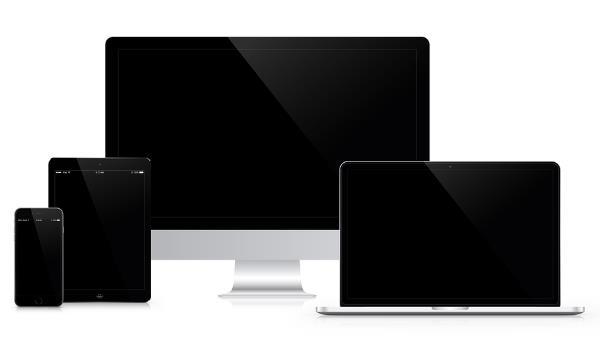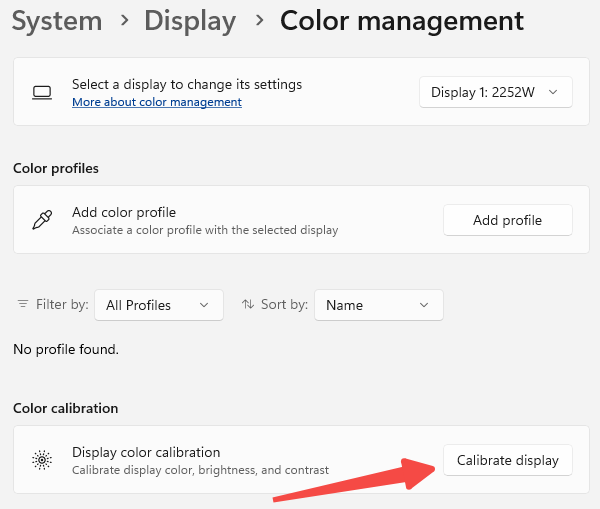
In today's world, computers have become essential tools for both work and personal life. Recently, many users have reported a yellow tint on their screens, causing eye strain and even reducing work efficiency. Here, we'll explore the causes of this issue and provide some effective solutions.
Common Causes of a Yellow Tint on Your Screen
Understanding the possible causes of a yellow screen tint can help you address the problem more effectively. Here are some common reasons:
1. Night Mode is Enabled
Many operating systems, such as Windows and macOS, offer Night Mode or Eye Care Mode to reduce blue light emissions and alleviate eye strain. However, these modes can sometimes make the screen appear too warm or yellow. If you've accidentally enabled Night Mode, this could be why your screen appears yellowish.
2. Display Settings Issues
Sometimes, the color settings on your monitor may have been adjusted to warmer tones, especially if you've changed the brightness or contrast settings. These changes can inadvertently create a yellowish tint.
3. Graphics Card Driver Issues
Incompatible or outdated graphics card drivers can also cause display issues, including a yellow tint. After a driver update, the system may automatically adjust display settings that are not optimal for your monitor, resulting in color distortion.
4. Screen Aging or Hardware Issues
If you've been using your monitor for a long time, screen aging could be the culprit. Over time, LCD and LED screens may lose their clarity and experience color shifts, which can sometimes manifest as a yellow tint.

Solutions to Fix a Yellow Tint on Your Screen
1. Turn Off Night Mode or Eye Care Mode
If you notice a yellow tint on your screen, first check if Night Mode or Eye Care Mode is enabled. In Windows 10/11, go to "Settings" > "System" > "Display" and locate the "Night light" option. Make sure it's turned off. If you don't want to completely disable it, you can adjust the color temperature to bring back a more neutral display.

2. Adjust Color Temperature Settings
Color temperature plays a significant role in how colors appear on your screen. If the temperature is set too high, the display may look yellowish. Here's how to adjust it:
Windows 11: Go to the Start menu, click on "Settings", select "System", then "Display", and choose "Color Profile". Click "Calibrate display" to adjust the color.

Monitor Settings: Access your monitor's settings menu and look for the color temperature option. Setting it to around 6500K typically results in a neutral display. You can fine-tune this setting based on personal preference.
3. Update or Reinstall Your Graphics Driver
Graphics drivers control the output to your monitor, and an outdated or faulty driver can lead to color issues. To streamline the process, you can use Driver Sentry to quickly detect and resolve driver issues, including graphics drivers.
Download and install Driver Sentry. This tool will automatically identify the version of your graphics driver and check for updates.
Open Driver Sentry, click "Scan", and wait for it to complete the scan.

If an update for your graphics driver is found, click "Upgrade". If other hardware drivers also need updates, you can click "Repair Now".

Once the updates are complete, restart your computer to apply the changes.
Using these methods should help resolve the yellow tint on your Windows screen and restore your display's original clarity. To prevent eye strain from prolonged screen use, try to take regular breaks and maintain a proper viewing distance.
See also:
Computer Display No Signal Solution
Fix Computer Screen Stuck and Not Moving
How to Fix Black Screen of Death in Windows 10
6 Ways to Fix the Green Screen of Death in Windows